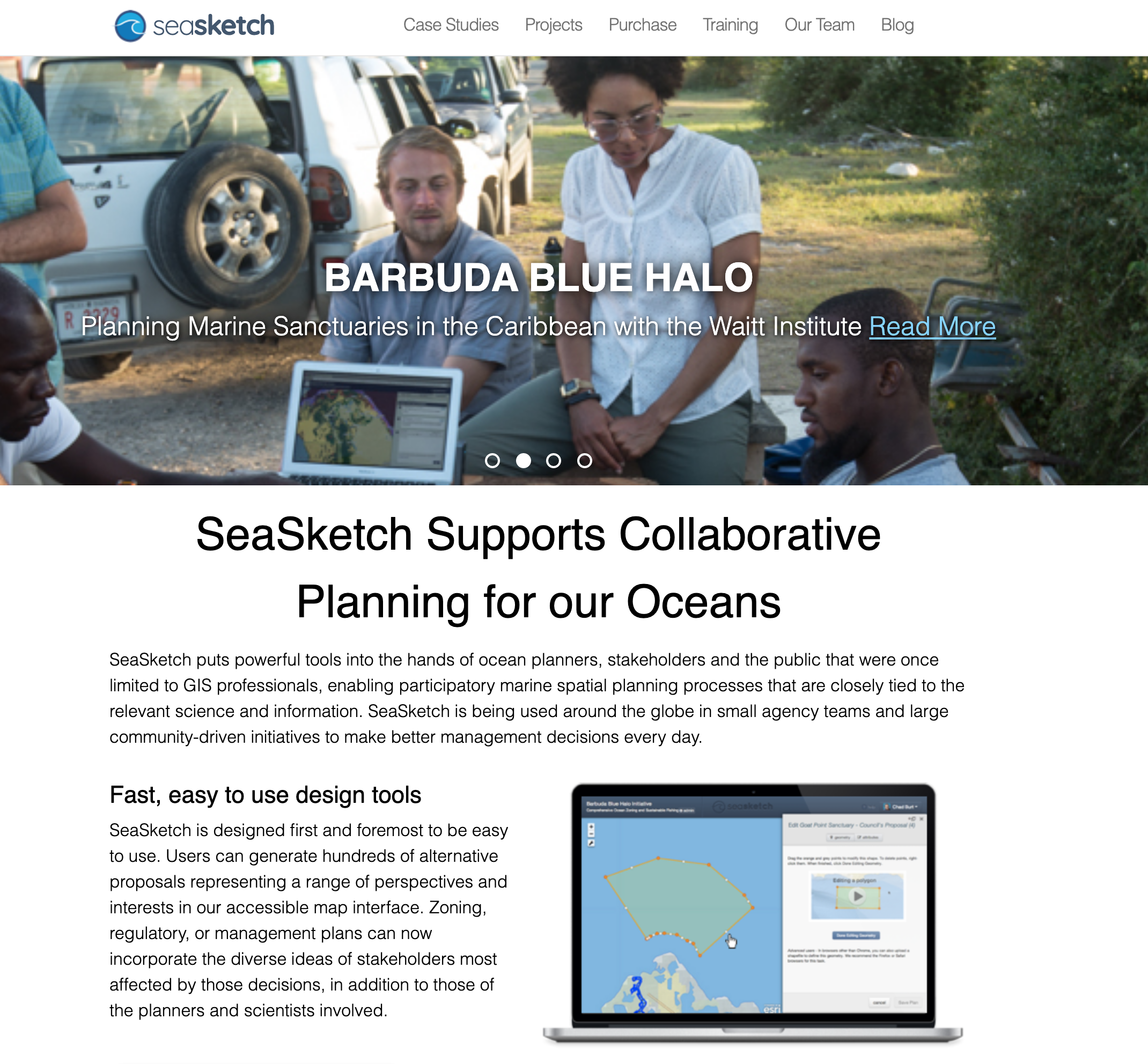To create a model of integrated development of the scenic and the urban areas and raise local communities’ living standards
To take multiple measures to strengthen efforts in forest fire prevention and nature conservation
To create a model of integrated development of the scenic and the urban areas and raise local communities’ living standards
